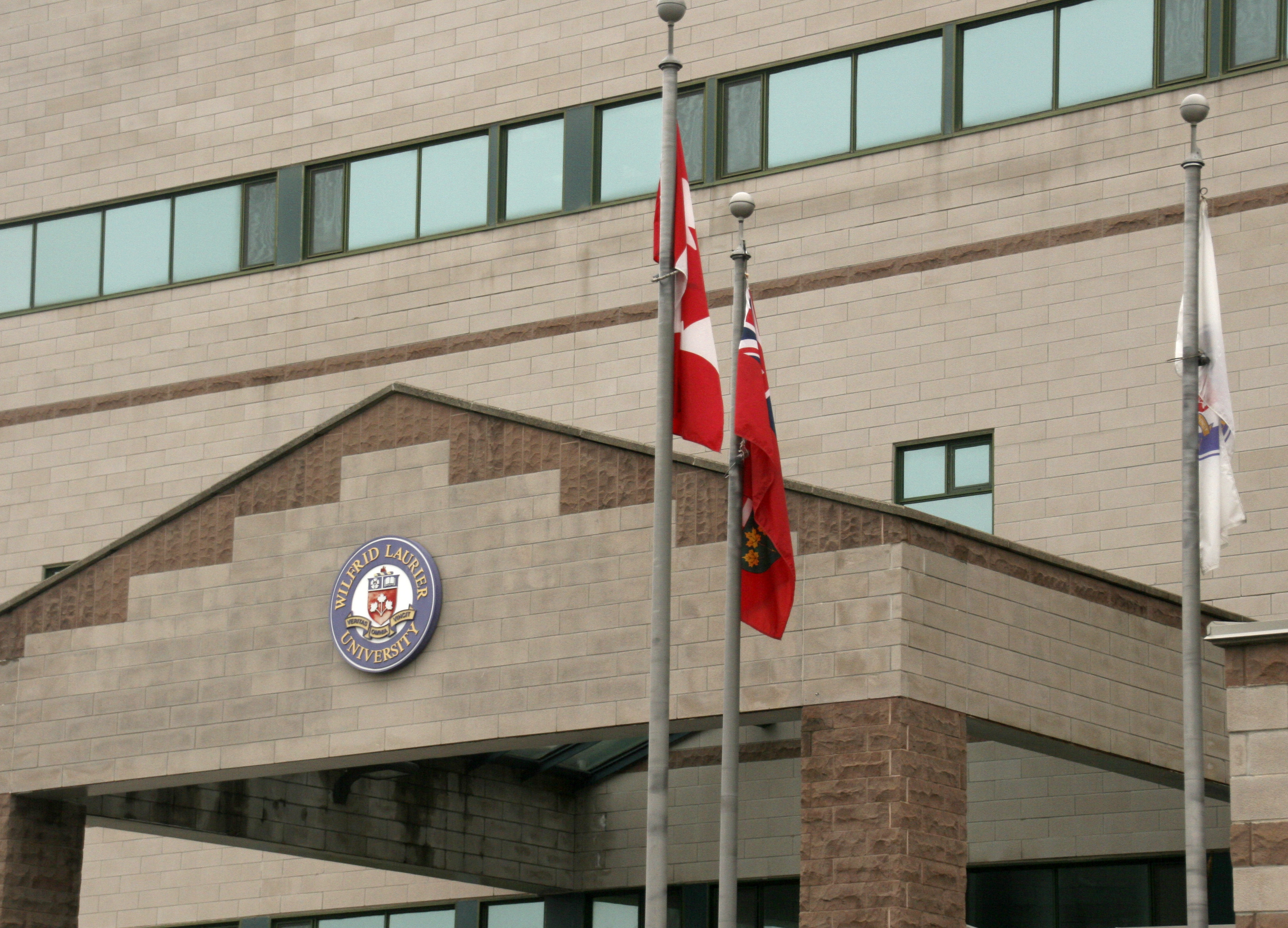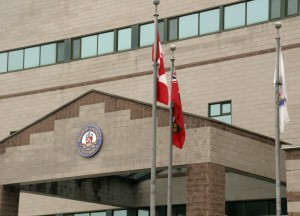IPRM process still at work during the summer months


Although Kim Morouney described it as a “big beast to deal with,” the Integrated Planning and Resource Management (IPRM) process has been moving forward this summer with the three working groups meeting bi-weekly as they work towards prioritizing their respective sections of the university —academic, administrative and resources.
Morouney is the co-chair of the Planning Task Force (PTF), which functions as the steering committee, with Mary-Louise Byrnes. Byrnes acknowledged that the university is in for some tough decisions in the future, as “there will be less money around.” With IPRM, Laurier is endeavoring to identify the key academic and administrative priorities of the university and balance them with its existing resources to ensure future success for the institution.
“I have a really, almost a good optimism about the project,” Morouney said, commenting on their progress so far. “The majority feel we’re working quite well, and that we’re actually having more progress than most of us envisioned at first.”
Over the past few months, the focus of the academic priorities and administrative priorities teams — two of IPRM’s working groups — has been on establishing criteria.
“We had to … come up with criteria against which we can kind of assess the various academic and administrative programs,” Morouney explained.
Assessment will ensure that prioritization of these programs is conducted properly. As of July 22, criteria recommendations were submitted to the PTF, which reviewed and approved them.
Currently, the teams are working on the next step of the process: developing templates for each of the programs. These templates will assess where the programs are against the criteria that was established.
“Once [the templates] are finished being developed, they are going to be sent out for testing with selected programs,” said Byrnes. “The templates will be refined and in the fall those templates will go out to those programs.”
“It’s like a questionnaire, as to different aspects of what the programs use,” elaborated Byrne. “All the programs will fill them, and the committees will be able to evaluate by comparing the filled-in templates.”
According to Morouney, the PTF is aiming to submit recommendations to senate and the board of governors by the end of April 2014.
The third working group of IPRM, the resource management team, has been looking at budget models and their use at American and Canadian post-secondary institutions. They are now identifying weaknesses and strengths in Laurier’s model.
Both Morouney and Byrnes acknowledged the fear and cynicism that has been drifting around the idea of IPRM since its conception, due to the potential changes the process might bring. Addressing this, Morouney emphasized the collaborative nature of the committees.
“IPRM is not run by ‘they’ or by ‘them’— it’s all of us,” she explained. “There are faculty, there are staff, all working together on this process.”
Student representatives also sit on each of the committees.
“When you realize how many people are involved, how much time and effort they’re putting in, I think they’re far less fearful about IPRM,” she added.
In regards to the progress of late, Morouney and Byrnes both expressed that things are going smoothly.
“The group of individuals who are involved in the project are all very committed and are working together really, really, well,” Byrne concluded. “It’s all very intense and laborious, but the work is getting done.”


